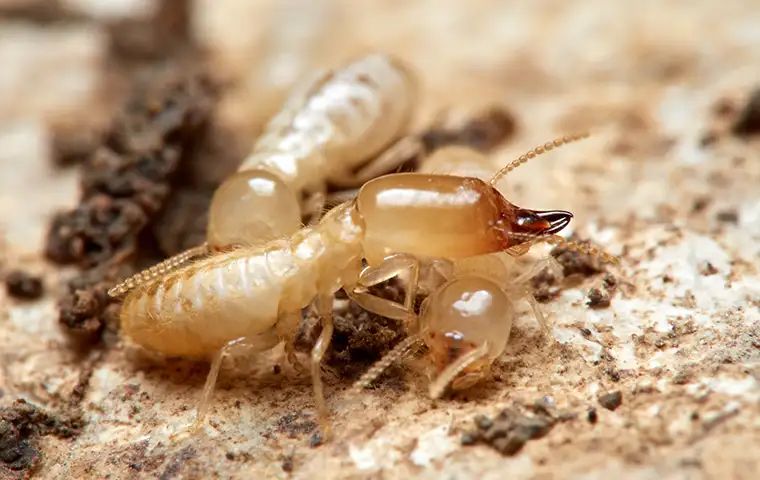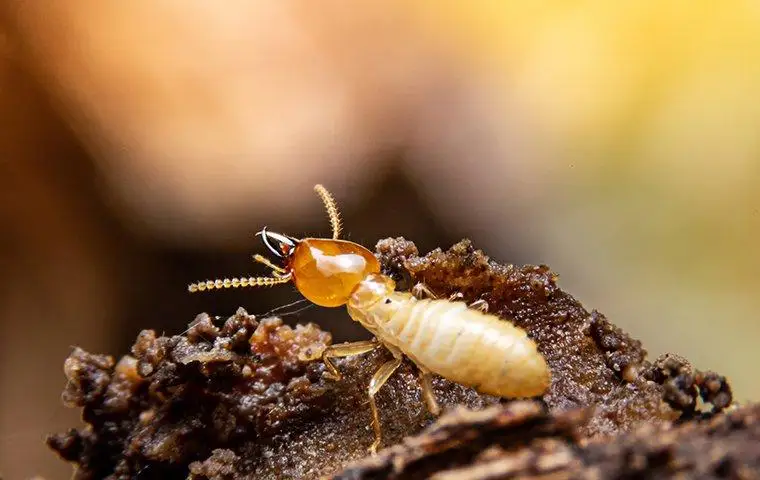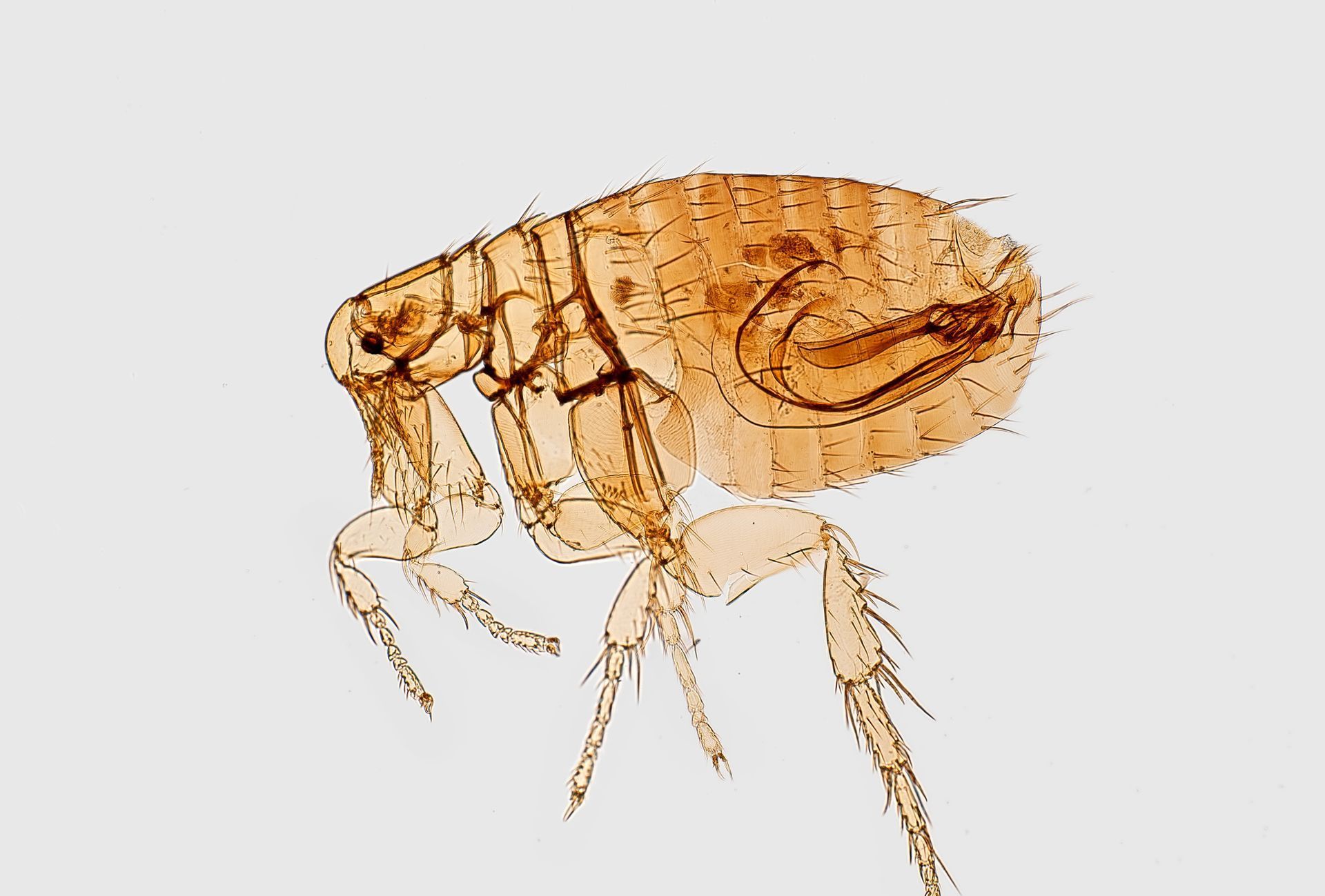RAT VS MOUSE
Decoding the Differences: Mice vs. Rats in the Rodent World
Introduction:
Rodents are a diverse group of mammals, and among them, mice and rats are two of the most common and notorious pests that can invade homes, farms, and businesses. While these furry intruders might share some similarities, there are distinct differences in their size, appearance, behavior, and habitat preferences. In this article, we'll delve into the intricacies of mice and rats, helping you better understand these rodents and how to distinguish between them.
Size Matters:
One of the most noticeable differences between mice and rats is their size:
Mice:
- Adult mice are generally smaller, measuring about 2.5 to 3.75 inches in length (excluding the tail).
- They have a more slender body with large, round ears and eyes relative to their size.
Rats:
- Adult rats are larger, ranging from 7 to 10 inches in length (excluding the tail).
- Rats have a more robust build, with larger heads, feet, and smaller, more protruding eyes compared to mice.
Behavioral Distinctions:
Understanding the behavior of mice and rats can be crucial for effective pest control:
Mice:
- Mice are known for their curiosity and explorative nature.
- They are agile climbers and can fit through small openings.
Rats:
- Rats tend to be more cautious and may exhibit wariness toward new objects in their environment.
- They are skilled burrowers and can create extensive underground nests.
Habitat Preferences:
Where these rodents choose to dwell can vary:
Mice:
- Mice are adaptable and can thrive in various indoor environments, such as homes, offices, and buildings.
- They often build nests in warm, secluded places using soft materials like paper or fabric.
Rats:
- Rats are commonly found outdoors, especially in areas with abundant food sources.
- They may create burrows in the ground, walls, or other sheltered locations and use materials like leaves and paper for nesting.
Reproductive Characteristics:
Their reproductive habits contribute to their population growth:
Mice:
- Mice have a high reproductive rate, with females capable of producing several litters in a year, each containing multiple pups.
- The gestation period for mice is relatively short, usually around 19 to 21 days.
Rats:
- Rats also have a high reproductive rate, and a female rat can produce litters throughout the year, with larger litter sizes compared to mice.
- The gestation period for rats is slightly longer, typically around 21 to 23 days.
Conclusion:
In the complex world of rodents, understanding the differences between mice and rats is crucial for effective pest management. Whether you're dealing with a scurrying mouse or a wary rat, identifying the species correctly allows you to implement targeted control measures. By recognizing the distinctions in size, behavior, habitat preferences, and reproductive characteristics, you can take informed steps to keep these unwanted guests at bay and maintain a rodent-free living environment.











Share On: